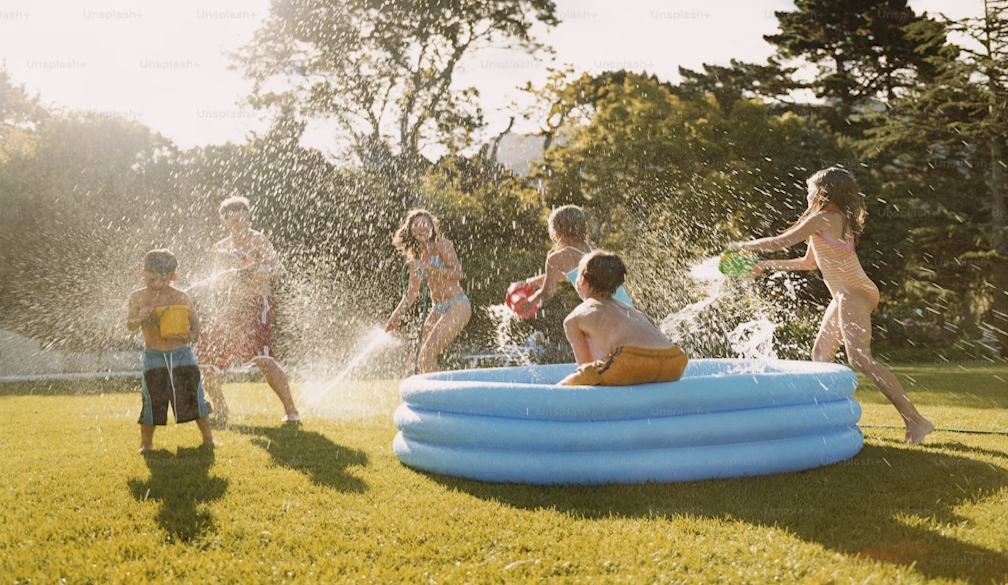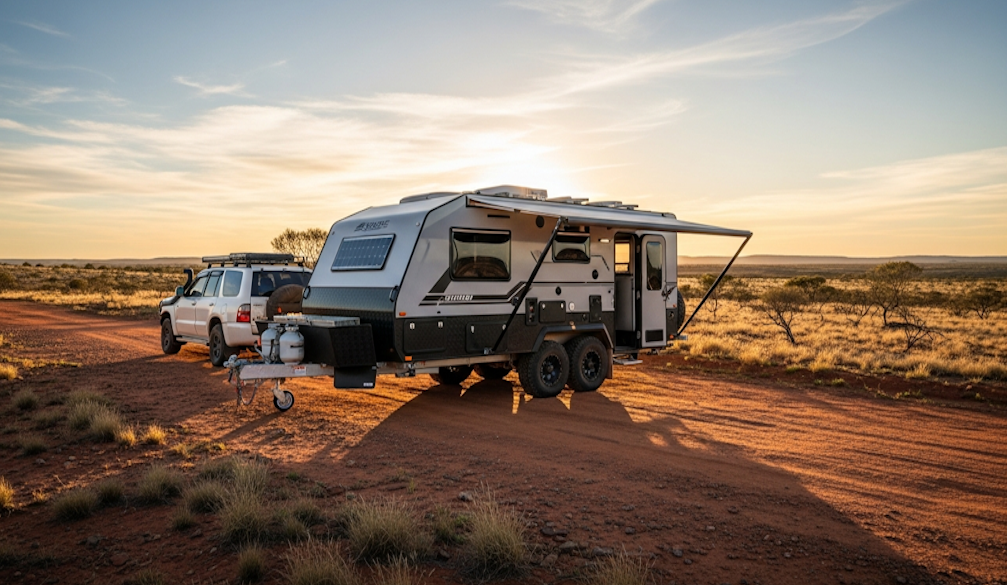Maximising Backyard Space For A Pool While Keeping Room For Kids To Play

Fitting a pool into a small or medium-sized backyard can feel like a logistical puzzle—especially for families with young kids who still want space to run, jump and play. While many parents dream of having a pool at home, they worry that installing one might sacrifice the entire yard and leave little room for outdoor fun on dry land.
The good news? With the right planning and clever design, it’s entirely possible to enjoy both—a beautiful backyard pool and a functional play area. Whether you’ve got a courtyard-style garden or a modest suburban block, thoughtful layout choices can help you create a balanced outdoor space that works for the whole family.
Here’s how to make the most of your backyard so you don’t have to choose between a pool and a play zone.
-
Choose a Pool Size That Matches the Way You Live
It’s easy to assume bigger is better when it comes to pools, but in family homes, usability matters more than sheer size. A compact pool that fits well into the backyard will often be used more than a larger one that dominates the space.
When selecting pool dimensions, consider how your family will actually use it:
- Are your kids still young and mostly paddling or floating?
- Will the pool mainly be used for cooling off, not lap swimming?
- Do you want space around the pool for seating, toys, or drying off?
Smaller fibreglass pools, plunge pools or even modern “courtyard pools” can offer more than enough room for family enjoyment without consuming the entire yard. This leaves valuable real estate free for lawns, sandpits, trampolines or other dry play options.
-
Place the Pool Strategically, Not Centrally
If your yard is on the tighter side, avoid placing the pool smack in the middle of the space. Instead, push it to one side, along a boundary fence, or into a back corner. This opens up the rest of the yard for unstructured play and gives the illusion of a larger outdoor area.
Pools placed along the long axis of a rectangular backyard tend to work well visually and practically, allowing for better flow between the pool zone, patio, and play areas.
Also consider how the pool will look from inside the house. Positioning it where it’s visible from the kitchen or living area adds a layer of passive supervision when the kids are outside. Your pool builders perth can help you decide where the best place to put the pool is.
-
Go Up, Not Out: Raised or Above-Ground Options
In yards with limited ground area, consider a raised or partially above-ground pool. These designs can be cleverly built into decking or tiered landscaping, freeing up lawn space and allowing for under-deck storage or built-in seating.
Raised pools can also double as features—offering visual interest while helping divide the backyard into zones (e.g. a “wet” area and a dry play area). Just make sure any elevation includes proper child-safe fencing or barriers.
-
Integrate Play Zones Into the Overall Layout
Rather than treating the pool and play space as competing elements, think about how they can complement each other in one integrated outdoor plan.
Ideas include:
- Turf area adjacent to the pool for kicking balls, running or spreading out towels
- A sandpit or mud kitchen in a shaded corner with sensory play opportunities
- Decked zones that double as both lounging space and make-believe stages for little ones
- Inbuilt bench seating around the pool that also acts as a toy storage chest
Designating separate zones doesn’t necessarily require dividing walls—changes in flooring, planters, or even outdoor rugs can help visually organise the space.
-
Use Multi-Purpose Surfaces
In smaller backyards, every square metre counts—so look for surfaces that can do double duty.
Examples include:
- Artificial turf that can handle wet feet and pool splash but still works for ball games and cartwheels
- Composite decking that’s soft on bare feet and easy to clean after messy play
- Built-in bench seating that doubles as toy storage
Even pool covers can serve a dual purpose. Some automated covers are rated for weight-bearing, meaning when closed, the pool surface can temporarily be used for dry activities like hopscotch or picnics.
-
Fence Smart
In Australia, all pools must be properly fenced, but that doesn’t mean the fencing has to interrupt the entire backyard layout. Opt for clear, frameless glass pool fencing to maintain sightlines and prevent the space from feeling boxed in.
Alternatively, use pool fencing to section off just the pool area, rather than enclosing the entire backyard. This allows children to continue using the rest of the garden safely while the pool remains locked and secure when not in use.
A well-designed fence can also double as a feature wall with vertical plants or privacy screens.
-
Include Shade Options for Both Zones
When kids are playing outdoors, sun protection is essential. While the pool might already have an umbrella or pergola, make sure the dry play areas also have access to shade.
Portable options like cantilever umbrellas or temporary sail shades can work well in changing light conditions and don’t require permanent structures. These keep children comfortable—and more likely to stay outside longer.
Also consider how the placement of trees or tall fences can provide natural shade over time.
-
Keep Storage Close and Practical
A tidy backyard is a more functional backyard. When you’re juggling pool toys, outdoor games, sunscreen, towels and more, easy-access storage helps keep chaos under control.
Look for:
- Deck boxes with waterproof liners
- Hooks or rails near the back door for wet towels and swimwear
- Shelves or plastic tubs inside outdoor storage cupboards for loose toys
Keeping storage close to both the pool and play area makes pack-up faster and helps keep clutter from taking over.
-
Don’t Forget Flow and Visibility
It’s not just about how much space you have—it’s about how you move through it. A backyard layout that flows smoothly between the house, pool, and play area will feel larger and be more usable.
Ensure paths are clear and surfaces are non-slip. Use consistent materials or colours to help tie different parts of the yard together.
Also consider how much of the space you can see from key points inside the house. The more visibility you have, the easier it is to supervise kids without needing to be on top of them the whole time.
Final Thoughts
Maximising your backyard space isn’t about cramming everything in—it’s about planning around your family’s real needs. By choosing the right pool size and placement, using multifunctional surfaces, and integrating play and swim zones creatively, it’s entirely possible to enjoy the best of both worlds.
Young families shouldn’t have to pick between a functional pool and a backyard that encourages active play. With some smart choices up front, your outdoor space can support both water fun and everyday adventures—without compromise.
Whether you’ve got a blank slate or you’re updating an existing space, a well-balanced backyard can bring lasting benefits for growing families.





